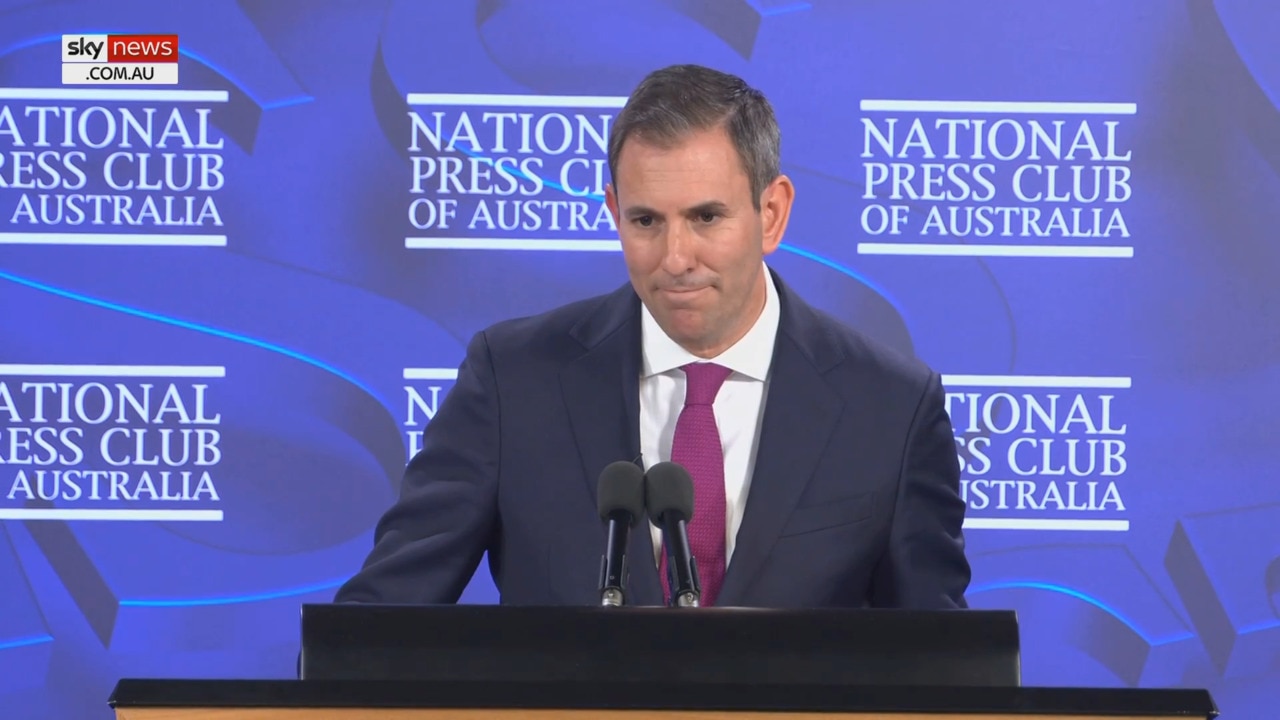Why time will prove Intergenerational Report worse than useless
The new Intergenerational Report will sink like a stone, like all its predecessors and no-one will ever look at it again, just like the Business Council’s ‘grand plan’, released on Monday.

Terry McCrann
Don't miss out on the headlines from Terry McCrann. Followed categories will be added to My News.
Treasury’s Intergenerational Report elevates analytical idiocy to truly Olympian, indeed Mt Everest, heights.
Let me give you the core projection from the very first of these utterly pointless exercises – an exercise sold by then Treasury head Ken Henry to a rather gullible Treasurer Peter Costello in 2002.
By 2042 – the 40 years from that report’s date – Australia’s population was projected to increase to “over 25m people”.
We actually went past the 25m in 2018 – just 24 years earlier than Treasury had projected.
As they say in the classics: missed, by just that much. And it rendered everything, and I mean everything, in that 2002 report embarrassingly and woefully wrong, irrelevant, and completely useless for policy-making.
This report now projects we will go past 40m people by 2063. Hmm. What if we once again get there 24 years early? In 2039?
It would, again, render everything in this report – in those famous words from the Nixon presidency in the US – ‘no longer operable’.
And why should we be surprised?
For indeed, this IGR explicitly renders everything in the previous IGR, that was released just two years ago, in 2021 – and so, didn’t have the excuse of ‘being ambushed by Covid’ – ‘no longer operable’.

The 2021 IGR had assumed productivity across the economy would increase by 1.5 per cent a year, every year, over the 40 years.
This IGR, just two years later, says: forget that, productivity will be growing at just 1.2 per cent a year over the next four decades.
Over 40 years the difference is huge. For everything – for the budget, the deficit, the government (and private) debt, the size of the economy, incomes, interest rates. Everything.
Now, the first of these IGRs, in 2002, had similarly assumed productivity growth of 1.5 per cent a year through the decade of the 2010s.
It turned out to be just 1 per cent a year – coinciding with, indeed directly caused by, the combination of the deliberate destruction of our cheap energy and the ‘soft option’ of massive population growth and ‘building things’ rather than high productivity.
This IGR layers the climate change insanity over the top of the basic analytical idiocy.
Earth to treasury – and treasurer and PM: Australia can do nothing, zero, zip, nada about climate change.
If China and India are going to keep ‘pumping more and more CO2’ – and they are, right through the next 40 years - the consequences will be what economists call an externality’, a fixed, immovable given, so far as Australia is concerned.
If we had a sane polity, this really would be the last of these exercises.
True, in a sense, their basic ‘saving grace’ is that this IGR will sink, like a stone, like all its predecessors.
Almost literally, no-one will ever look at it again. And certainly not in 40 years, to assess how accurate it turned out to be.
Just like indeed the Business Council’s ‘grand plan’, released on Monday. Indeed, that’s already sunk out of sight.
Yes, many of the issues highlighted in both are basic and challenging, Like an ageing population; like exploding disability payments; like low productivity.
But we know that: deal with them.
Originally published as Why time will prove Intergenerational Report worse than useless



